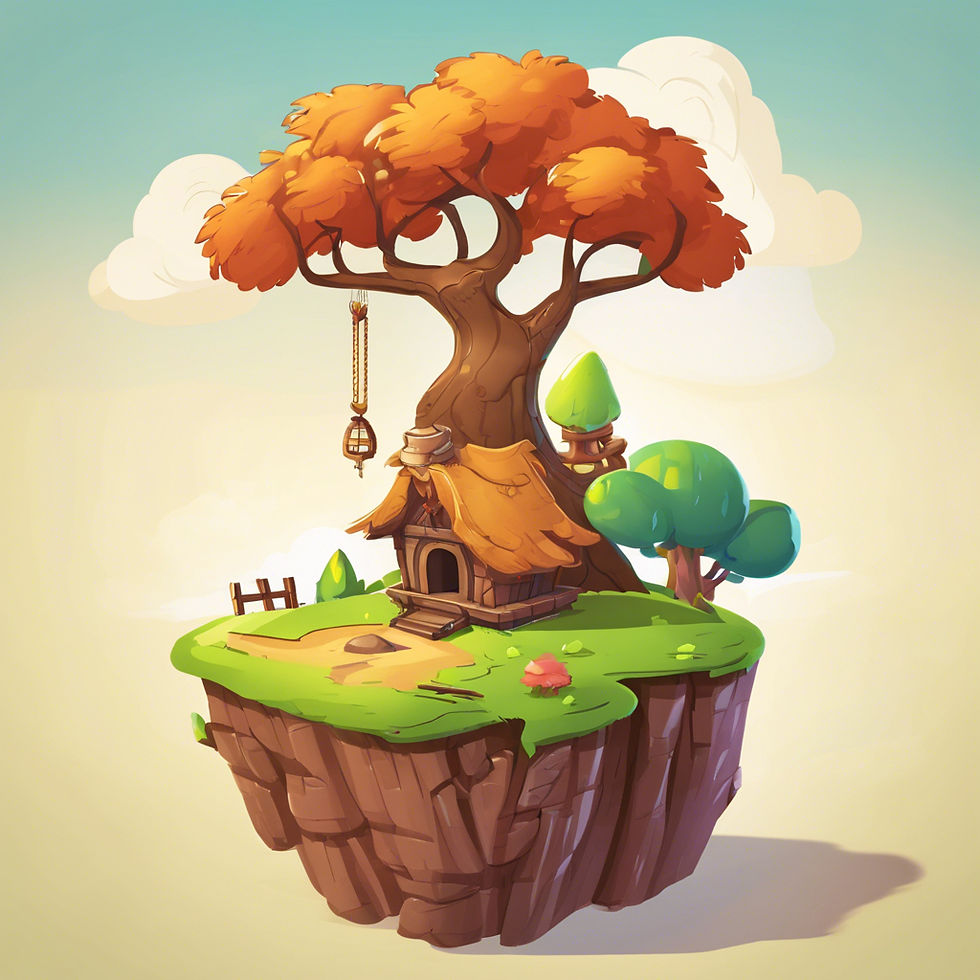In video game design, levels are more than just settings—they're carefully crafted experiences that guide players, set challenges, and immerse them in the story. Level design influences how players interact with the game world, engage with the storyline, and experience difficulty progression. Crafting a good level requires understanding psychology, storytelling, and player behavior, as well as a fine balance between exploration, pacing, and challenge.

The Art of Level Design: Crafting Engaging Game Environments
The Basics of Level Design: Setting the Foundation
Level design starts with understanding the game's core mechanics and how players will interact with the environment. The best levels teach gameplay mechanics intuitively, without extensive tutorials. Consider Super Mario Bros., where players learn the basics—jumping, avoiding obstacles, and navigating terrain—in the first few screens. This design choice introduces players to the gameplay and rewards curiosity, all without overt instruction.
Good level design also involves visual cues. Designers use lighting, colors, and layout to subtly direct players where to go. In The Last of Us, lighting often highlights pathways or points of interest, creating a natural guide through tense, complex environments.
Balancing Difficulty and Flow
One of the most challenging aspects of level design is balancing difficulty and flow. Players enjoy challenges, but overly frustrating obstacles can lead to disengagement. Dark Souls is an example of a game that balances difficulty well; while it’s known for its challenging gameplay, each level is crafted to ensure that determined players feel a sense of achievement when they progress. The difficulty curve is steep, but fair, creating satisfaction through persistence.
Flow, or the sense of immersion without frustration, is vital. Games like Celeste use repetition and subtle level variations to encourage skill-building. Players learn from every failure, and the level design supports an incremental mastery of mechanics. By maintaining flow, level designers ensure players remain engaged, regardless of difficulty.
Encouraging Exploration and Discovery
Exploration in games often leads to rewarding discoveries—items, secrets, or plot developments that enrich the experience. Open-world games like The Witcher 3 masterfully use level design to encourage exploration. Players aren’t forced to follow a linear path; instead, the world is designed with visual and narrative incentives that prompt curiosity and exploration. Hidden rewards, environmental storytelling, and subtle cues encourage players to veer off the main path.
The Last of Us also uses environmental storytelling effectively. Abandoned buildings, scattered belongings, and graffiti add depth to the world, allowing players to piece together backstory without explicit dialogue. This approach adds immersion, making the world feel alive and dynamic.
Story Progression Through Environment
For many games, level design is a critical element of storytelling. Levels are crafted to align with the emotional tone and pacing of the narrative. In The Last of Us, players encounter different environments that reflect the stages of the story—safe zones, hostile areas, and spaces that show the toll of survival on humanity. These levels align with the emotional beats, heightening immersion and emotional impact.
Similarly, Bioshock uses level design to convey Rapture's history and its descent into dystopia. The art deco architecture, flooded hallways, and darkened spaces create an eerie atmosphere, intensifying the player’s experience and adding depth to the narrative. Level design in this context goes beyond setting; it’s a vehicle for world-building and mood-setting that immerses players deeply in the story.
Conclusion:
The art of level design is a complex, nuanced process that balances player engagement, exploration, difficulty, and storytelling. Successful level design, as seen in Super Mario Bros., The Last of Us, and Dark Souls, offers more than a backdrop; it’s a key factor in shaping the player's journey. As games continue to evolve, the role of level design will only grow, finding new ways to create memorable, immersive experiences that captivate players from the first level to the last.
GeniusCrate specializes in delivering high-quality 3D modeling and game art outsourcing services, enabling studios to create hyper-realistic environments and intricate character models. Our talented artists utilize industry-leading tools like Maya, Substance Painter, Blender, and Unreal Engine to bring your visions to life. You can check out the brilliant modeling by our talented developers here: Genius Crate Hyper-Realistic Modelling, and here Hyper-Realistic 3D game Models.